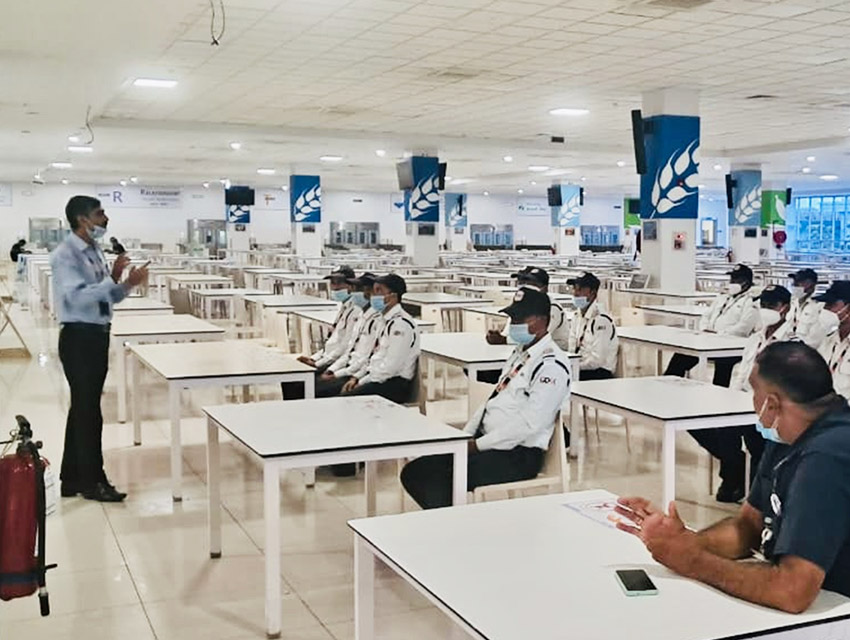WHY IS THE INCREASED NEED FOR CHIEF SECURITY OFFICERS
It’s no surprise that COVID-19 and the resulting shift to remote work had major implications for the world of cybersecurity. For many, it involved unplanned cloud migrations and swift procurement of IT products and services to accommodate a newly remote landscape. In the effort to keep business operations nning, many companies rushed typical security measures or even side-stepped them entirely, creating new levels of vulnerability and risk across all industries.
While the need for strengthened security systems across industries is well known, only 11% of companies report a high degree of confidence in managing or responding to a cyber attack. Security risk management as a discipline is still maturing, so while this data isn’t all that surprising, it should be an area of importance for companies moving into 2021. One increasingly common barrier is a lack of alignment between security operations and business strategy.
The disconnect between security and business reduces the effectiveness of cybersecurity initiatives, as the baseline for what’s considered adequate risk management is disjointed across departments. To combat this, Chief Security Officers will need to become more vigilant in identifying risks in the context of business objectives and be able to explain why they matter to business leaders. By pinpointing these risks and articulating how they plan to lower them (and at what cost), CSO’s can create a shared understanding between business and security leaders that strengthens cybersecurity initiatives across the board.
GDX Group therefore advises that CSOs should prioritise creating alignment among corporate leaders and organisational security initiatives and goals.






